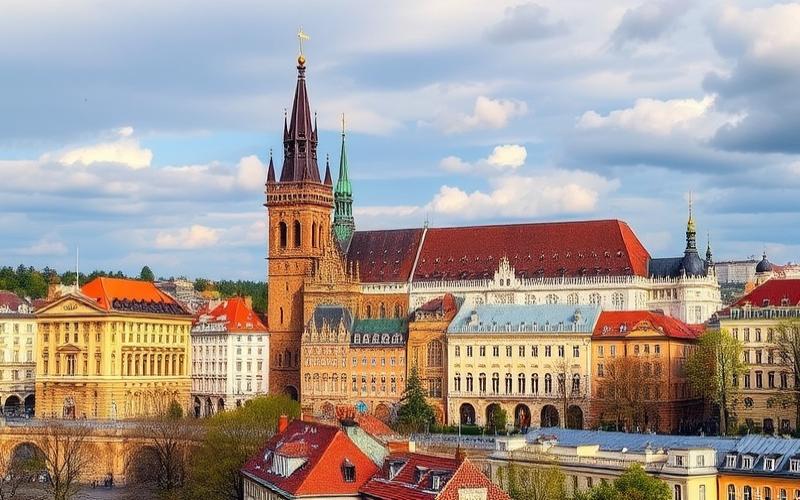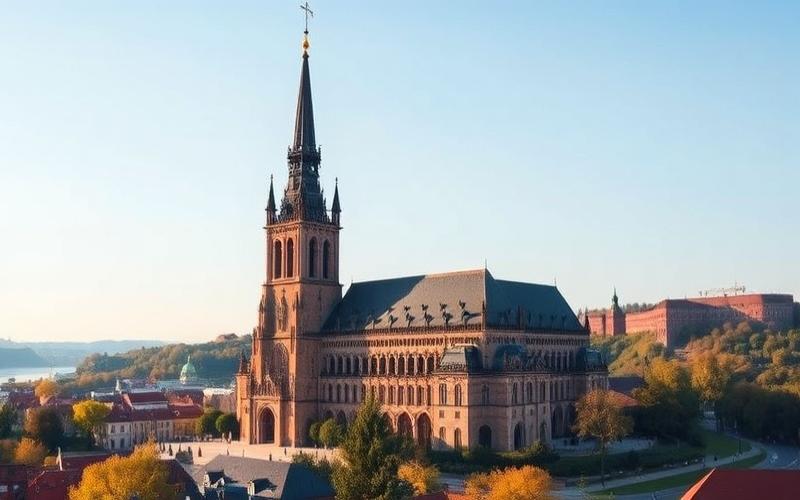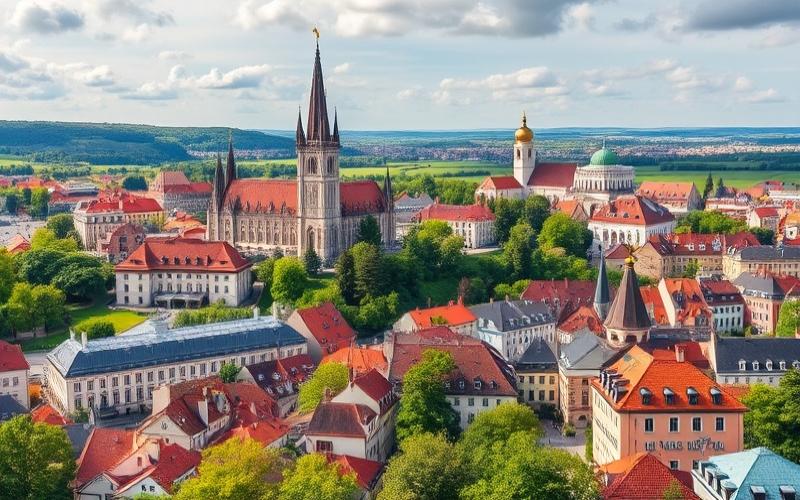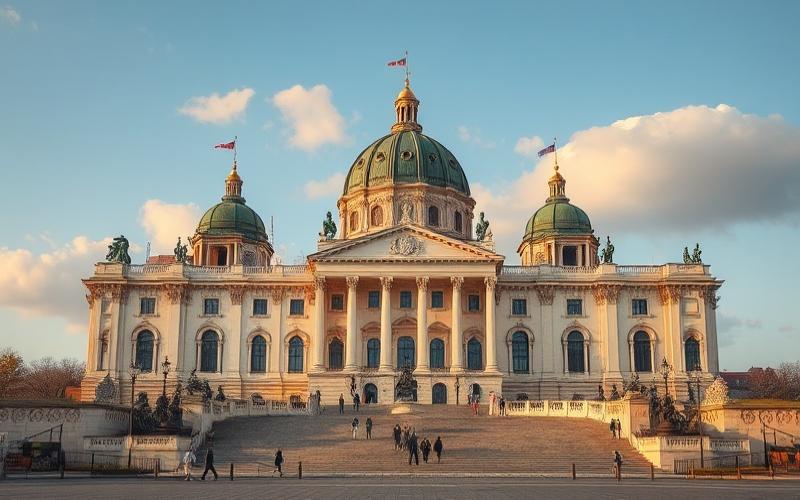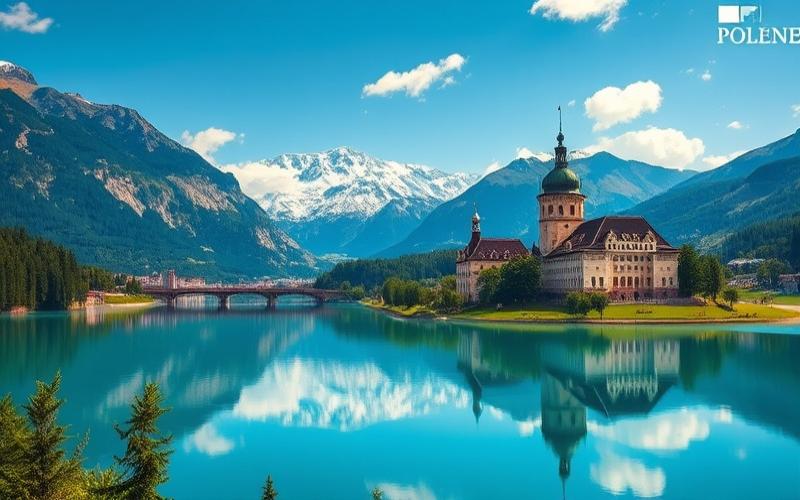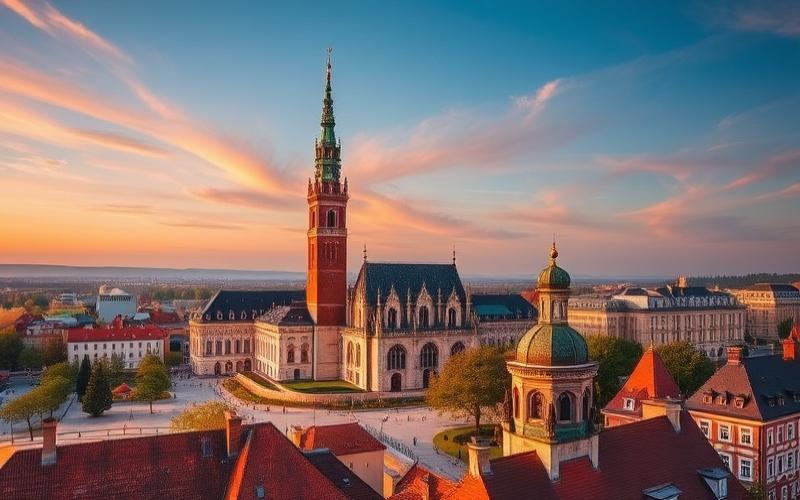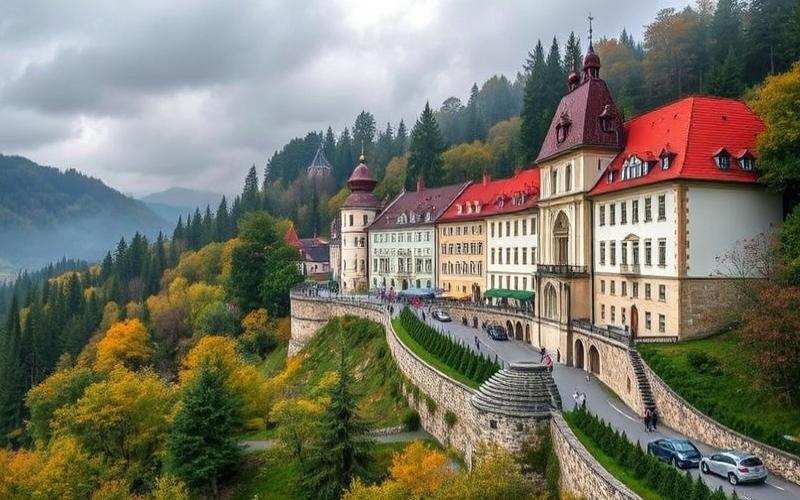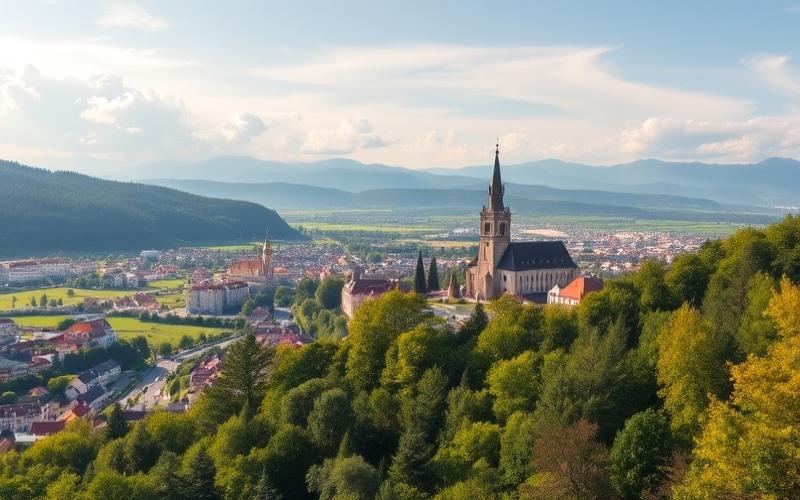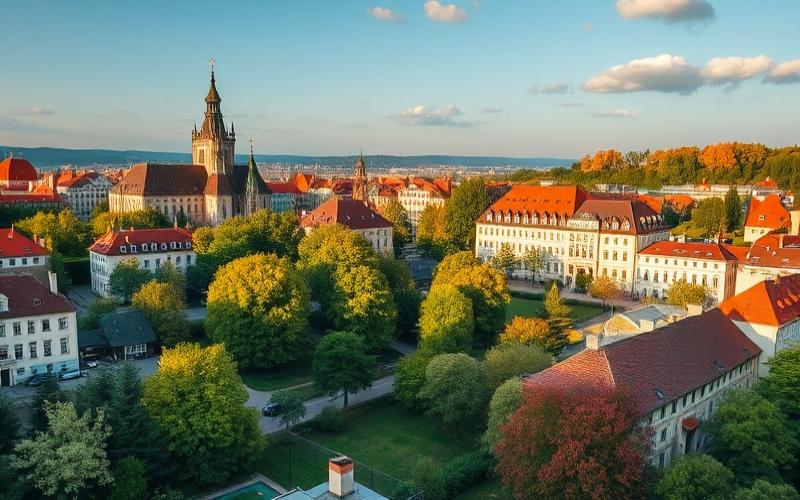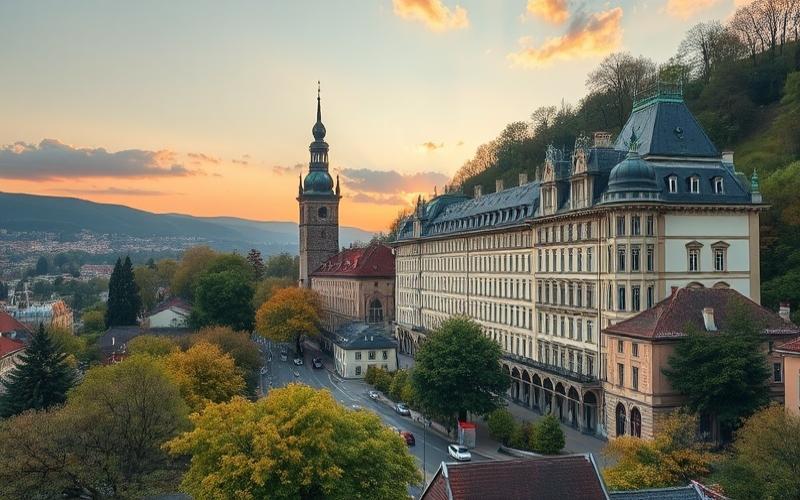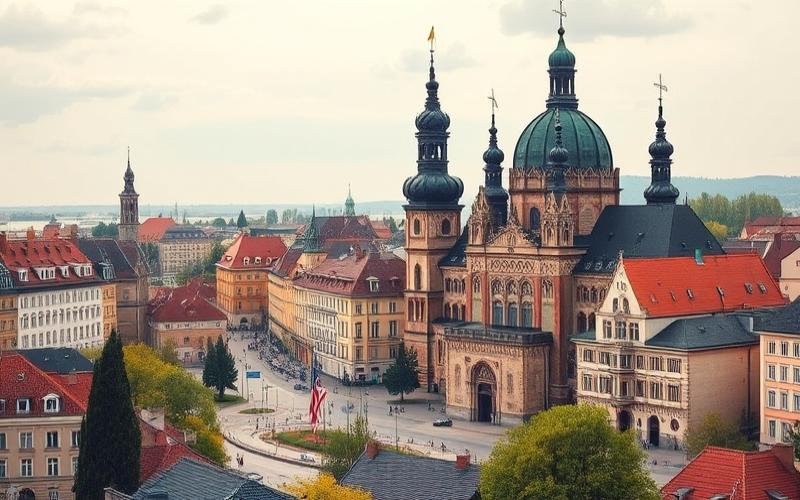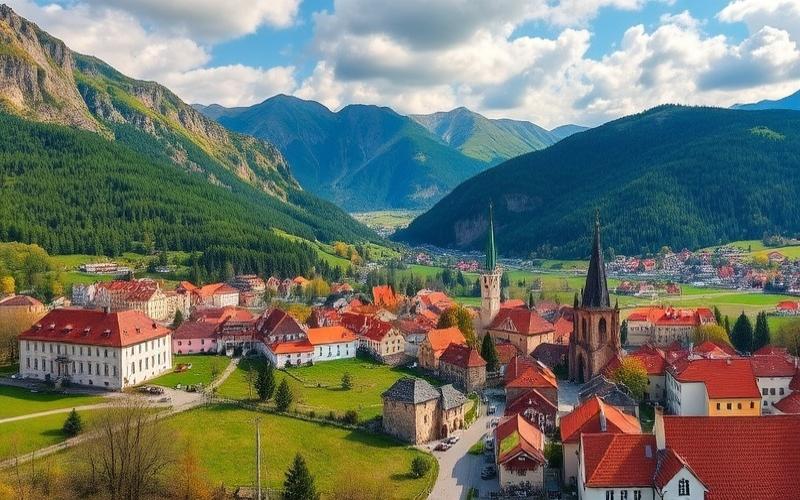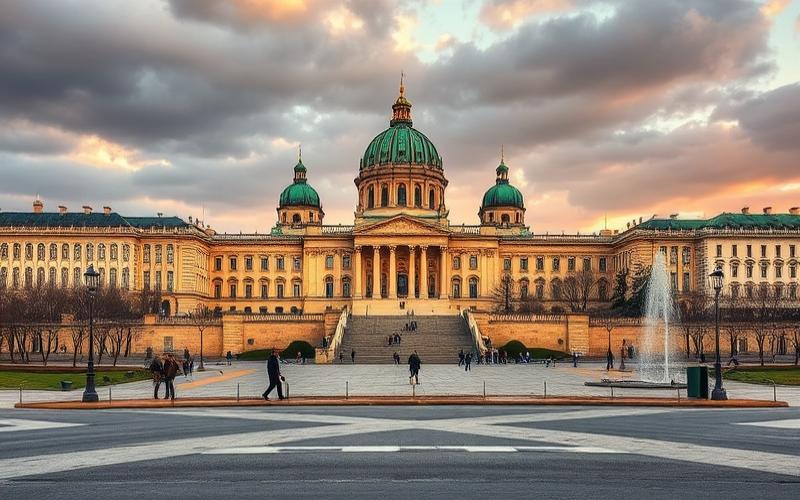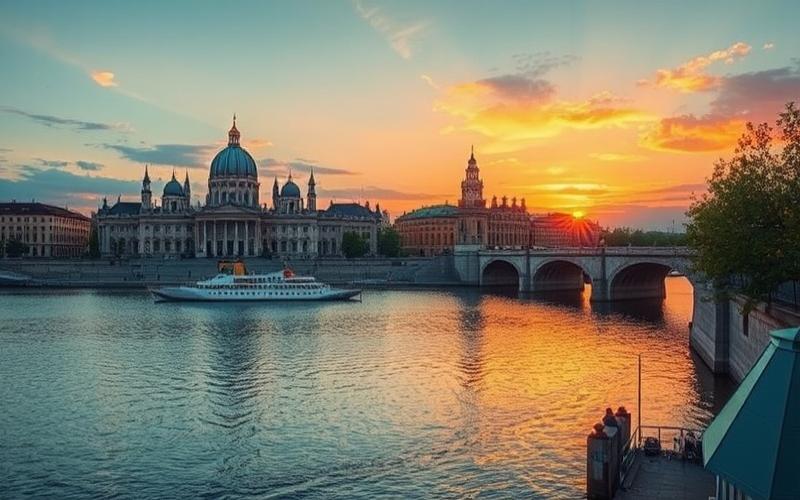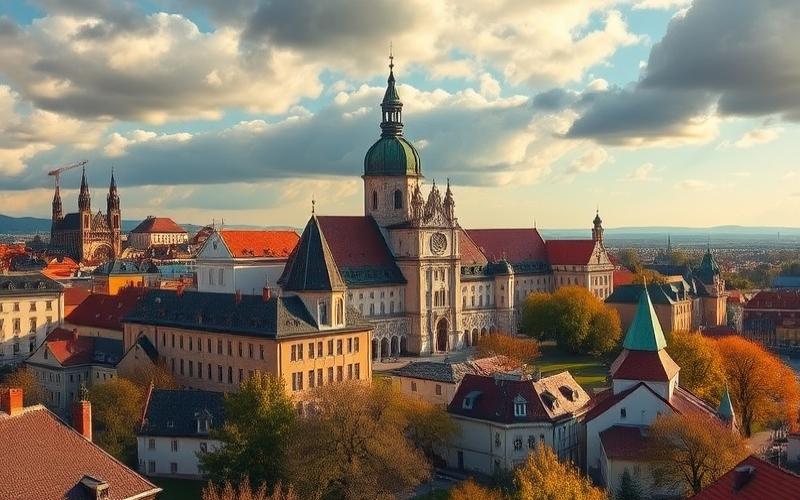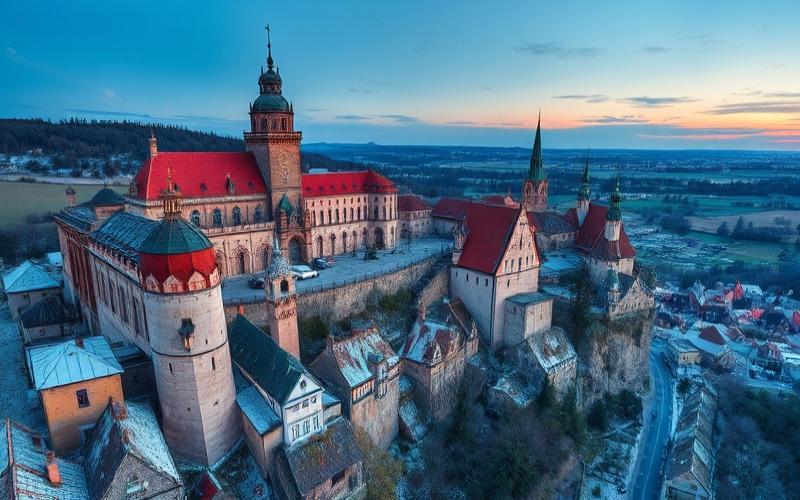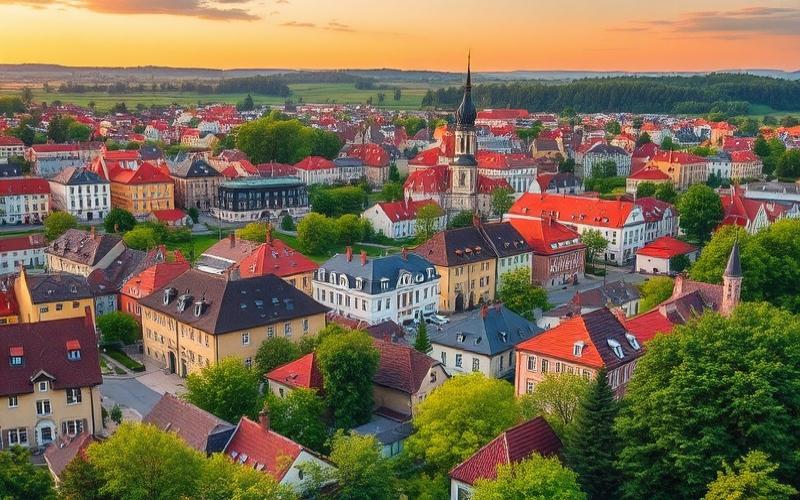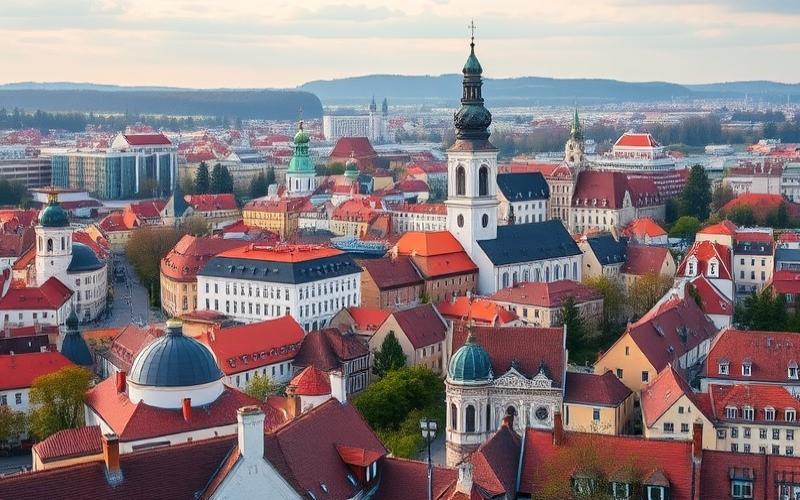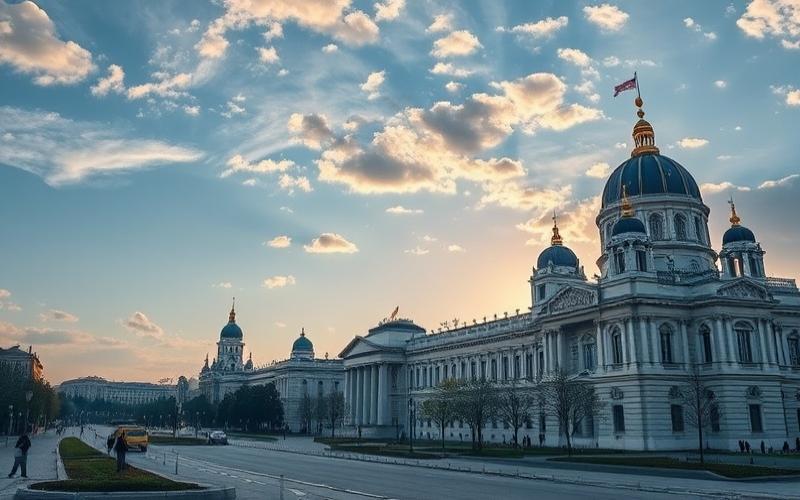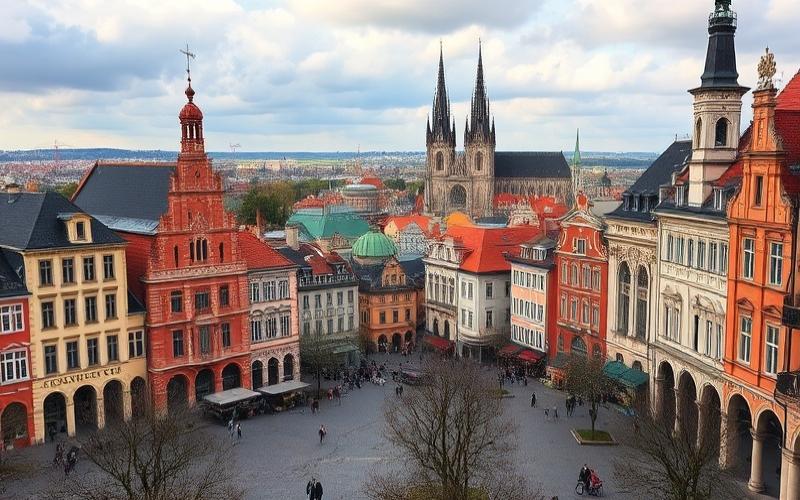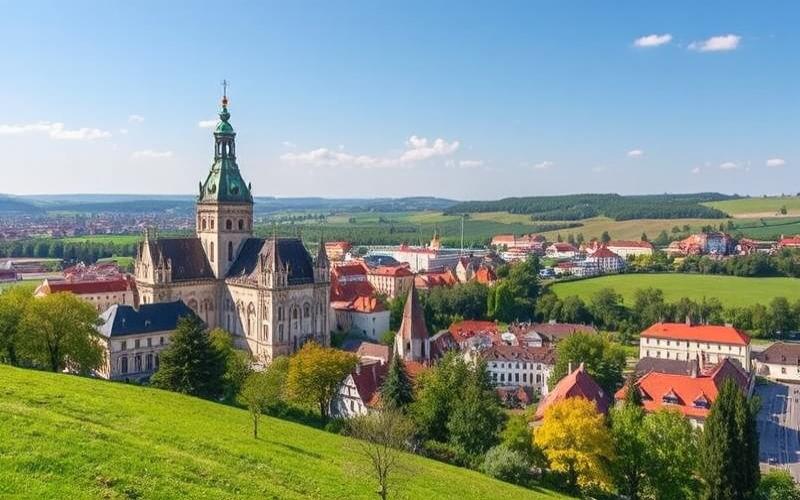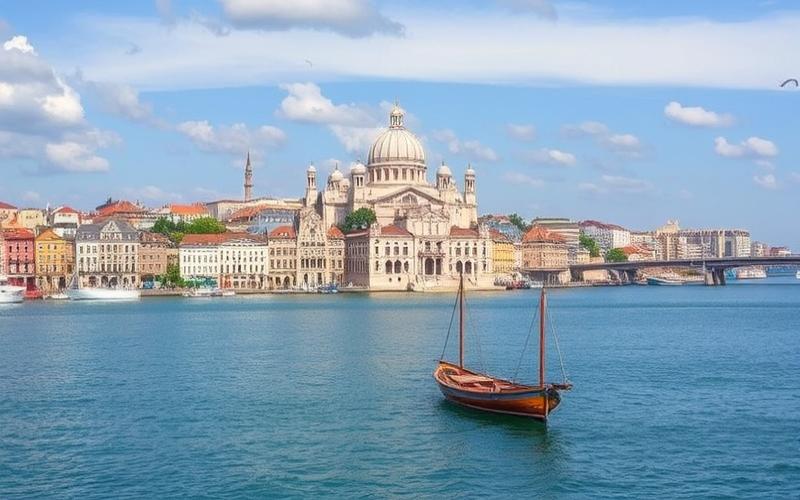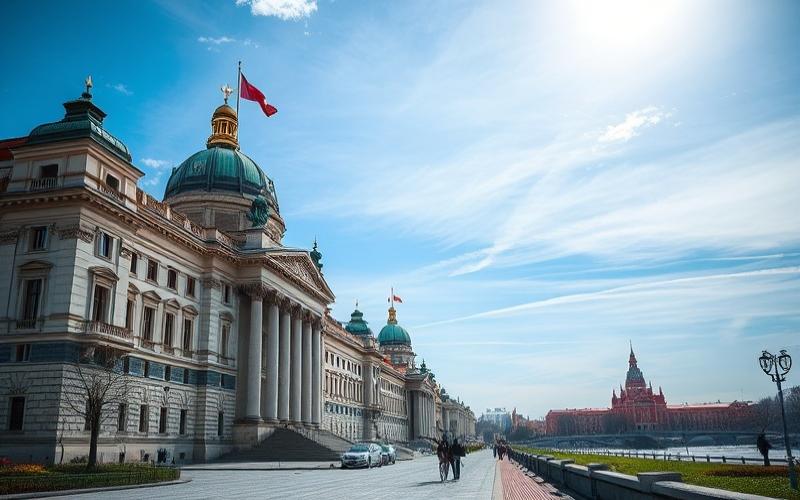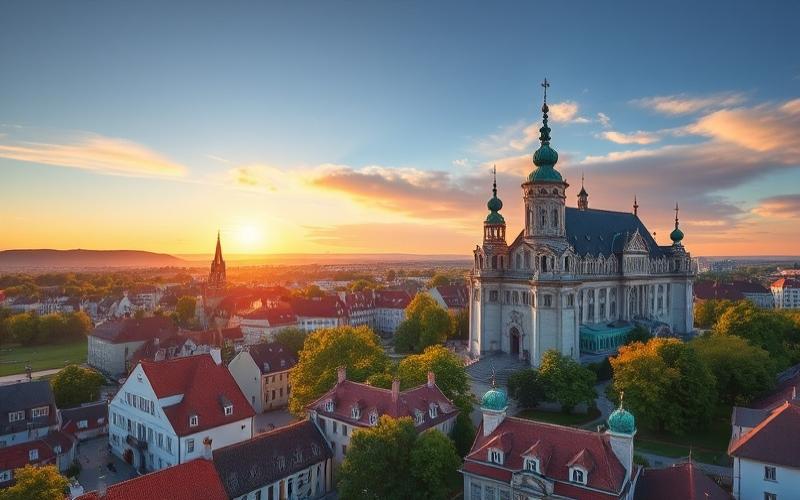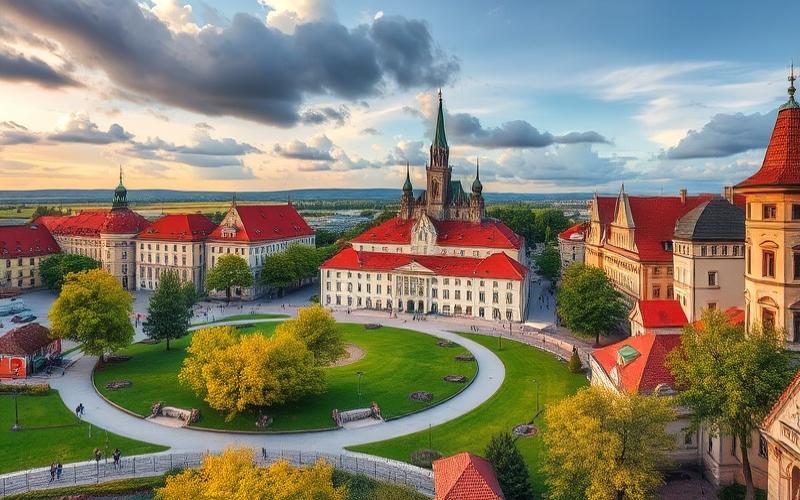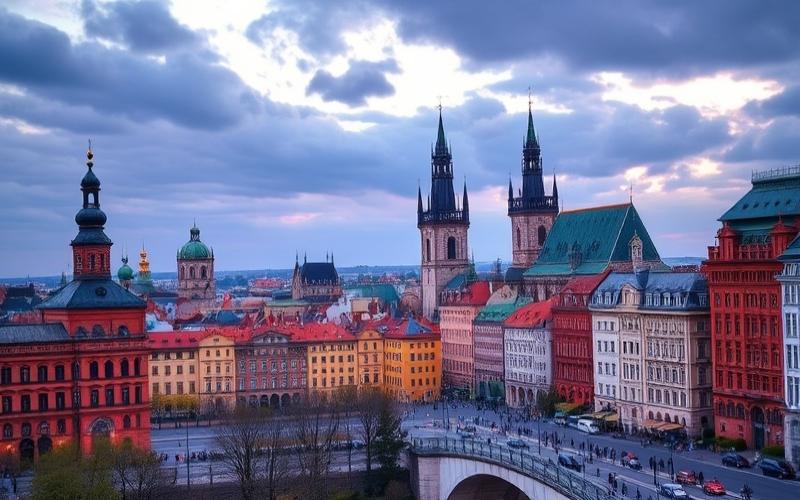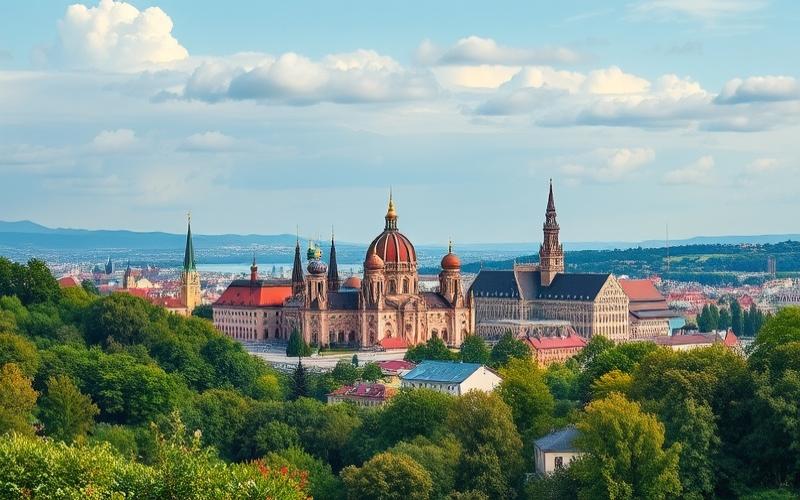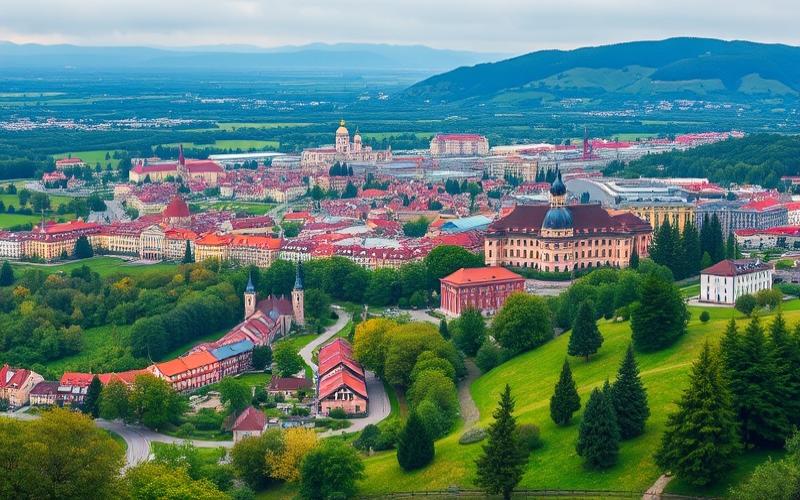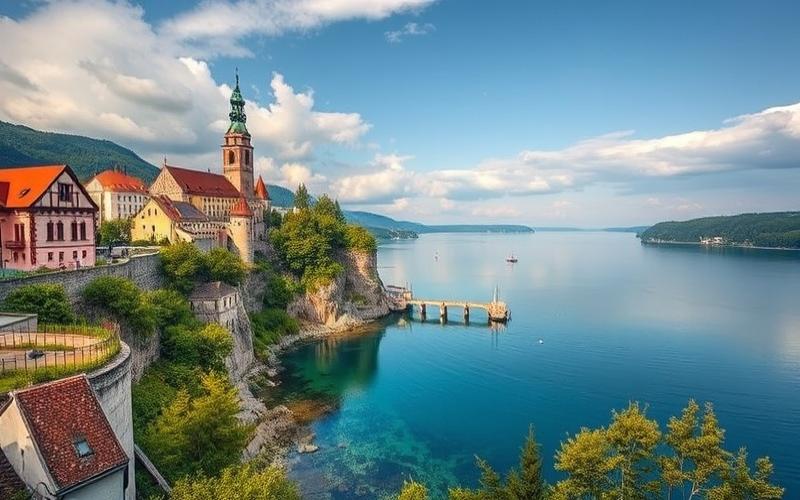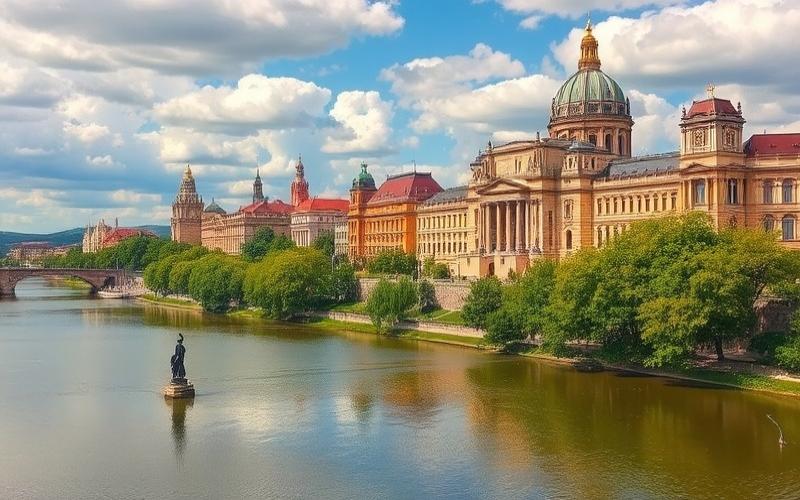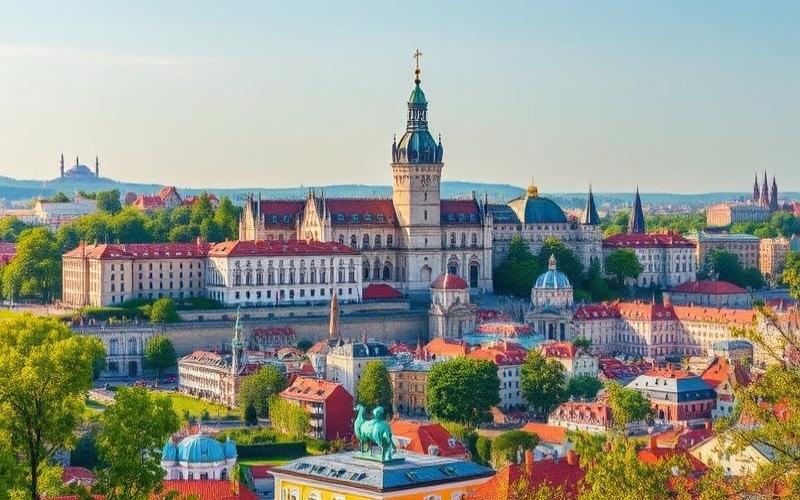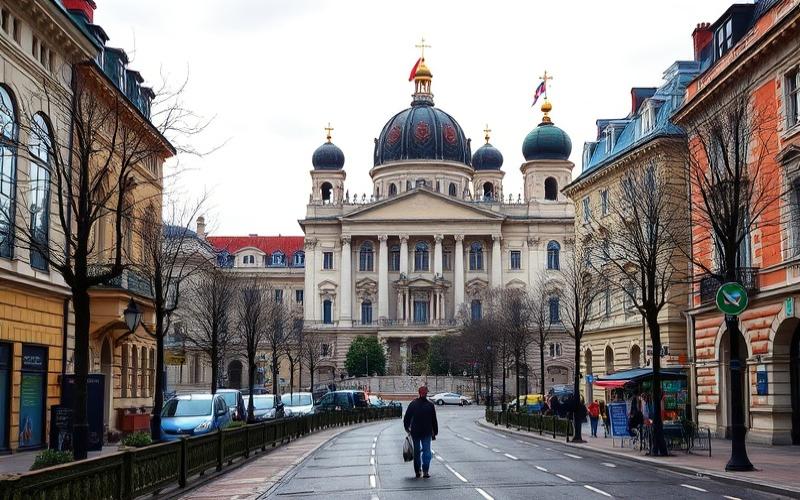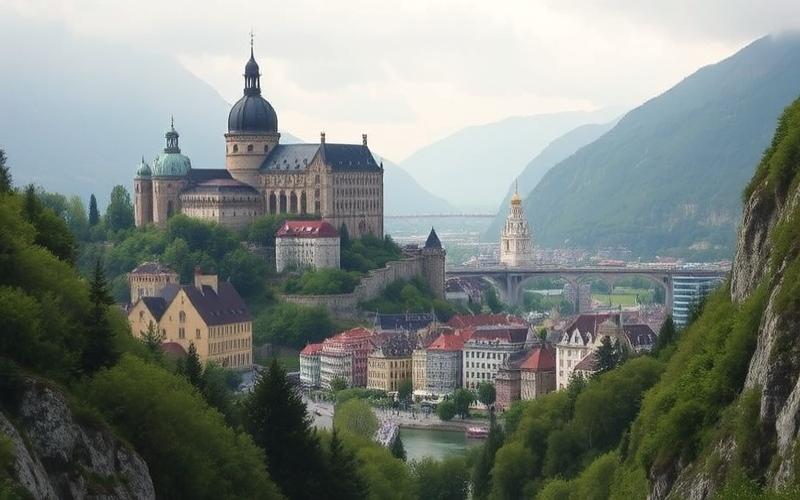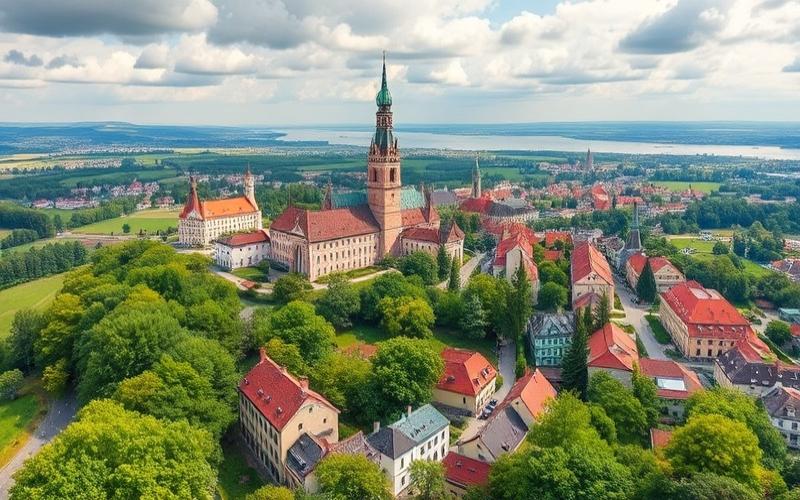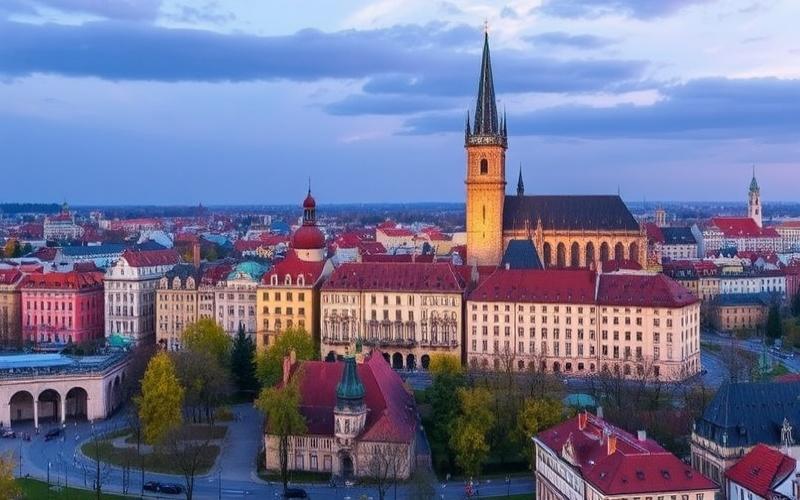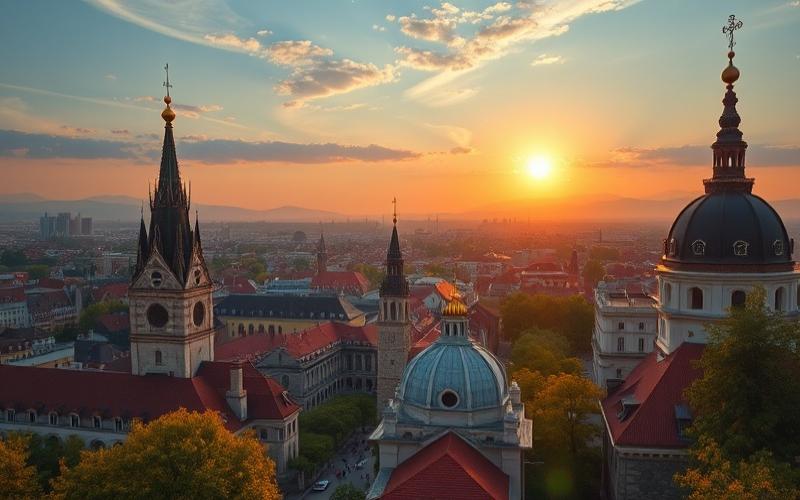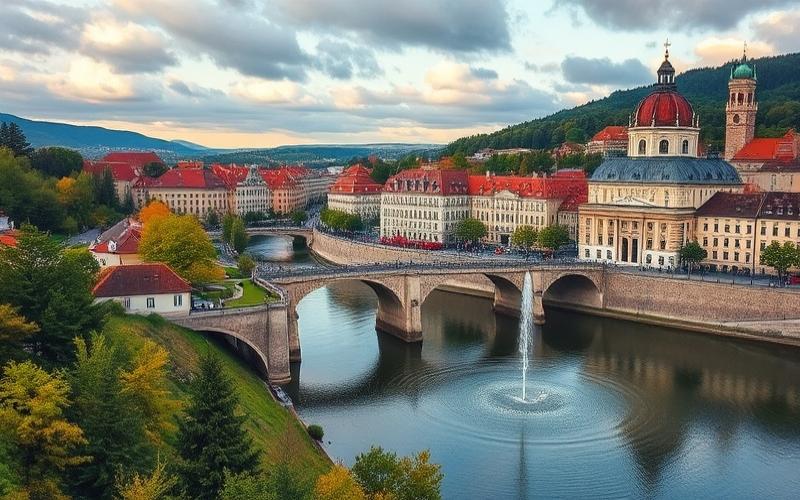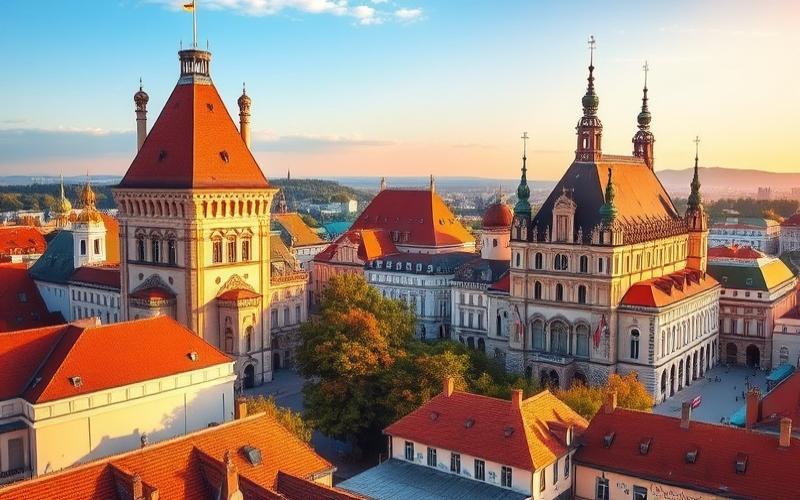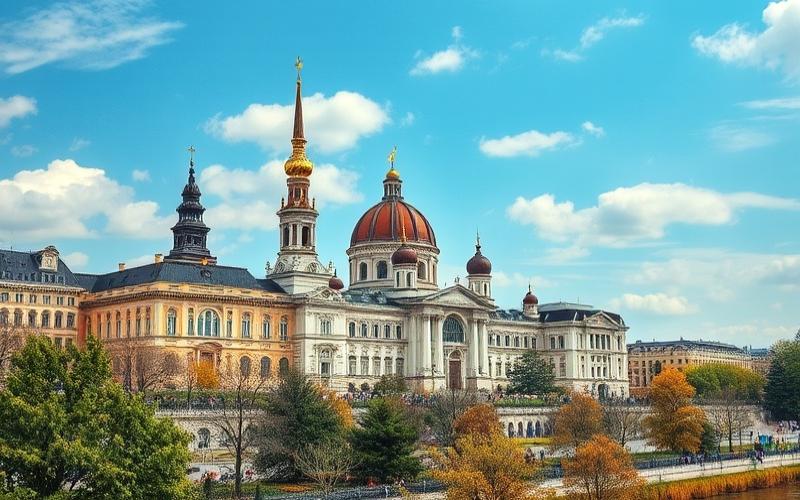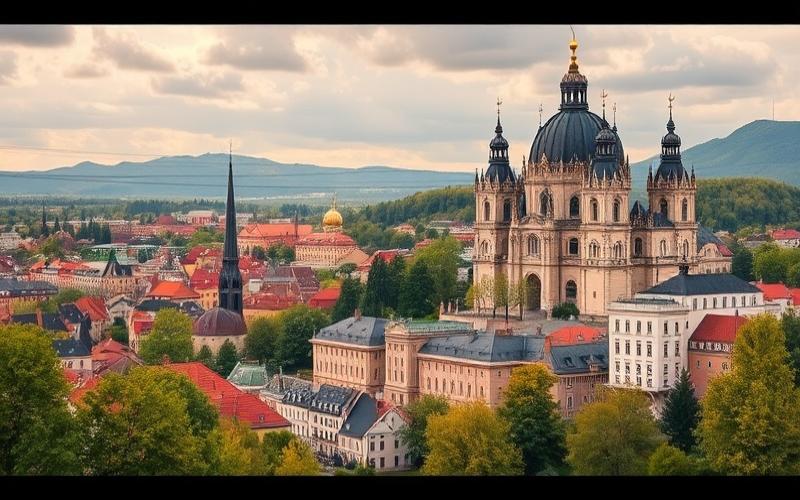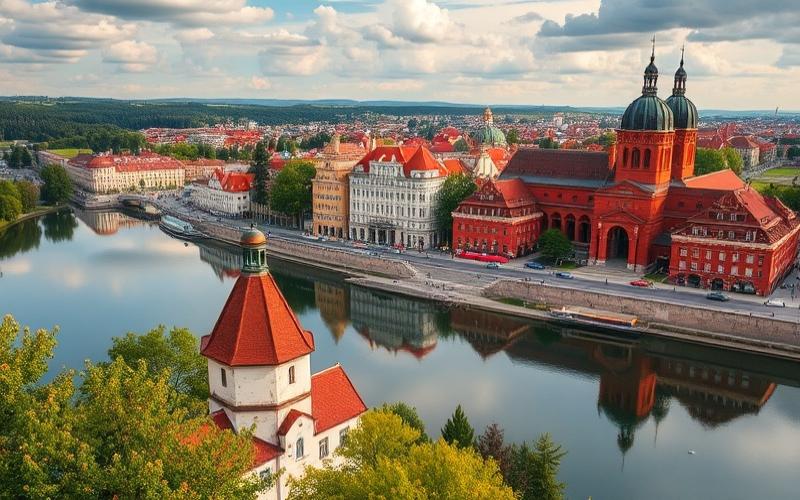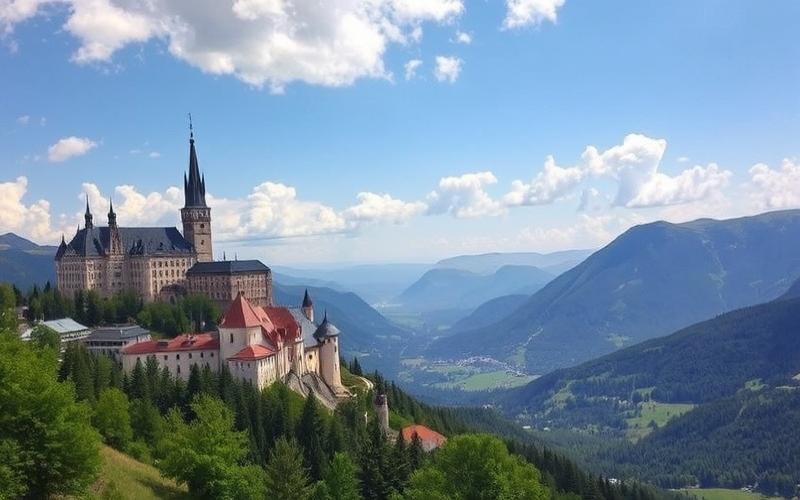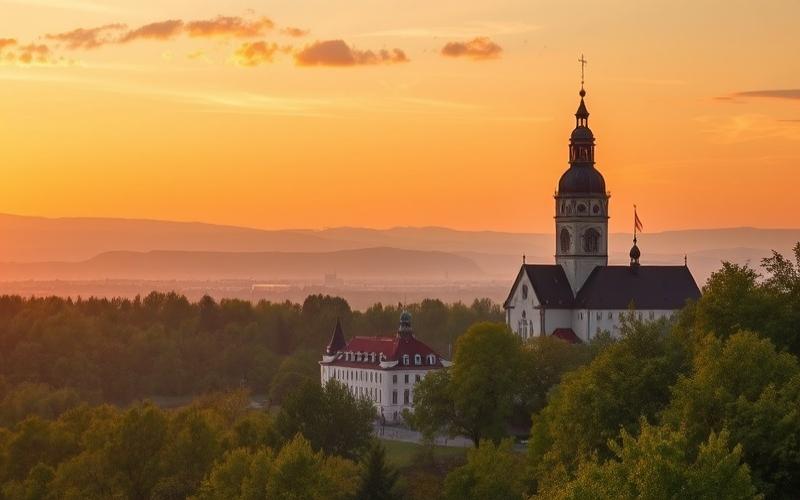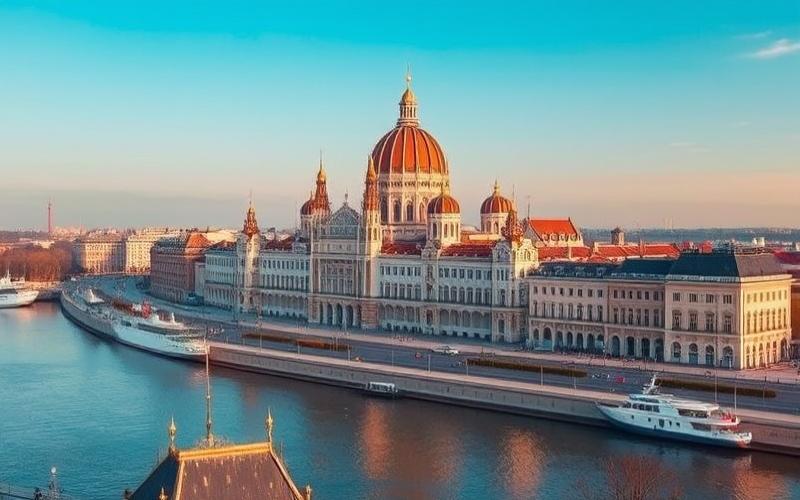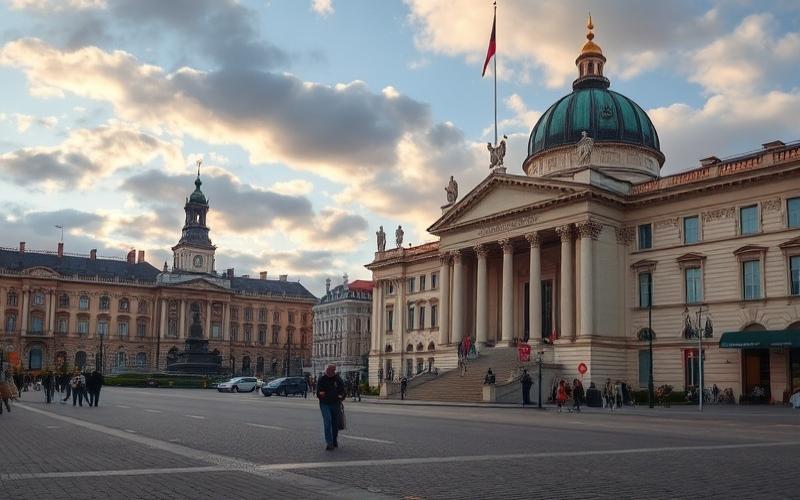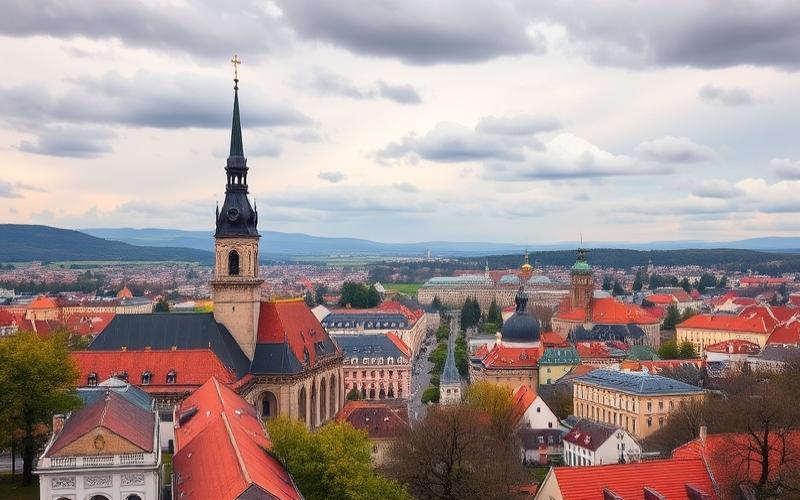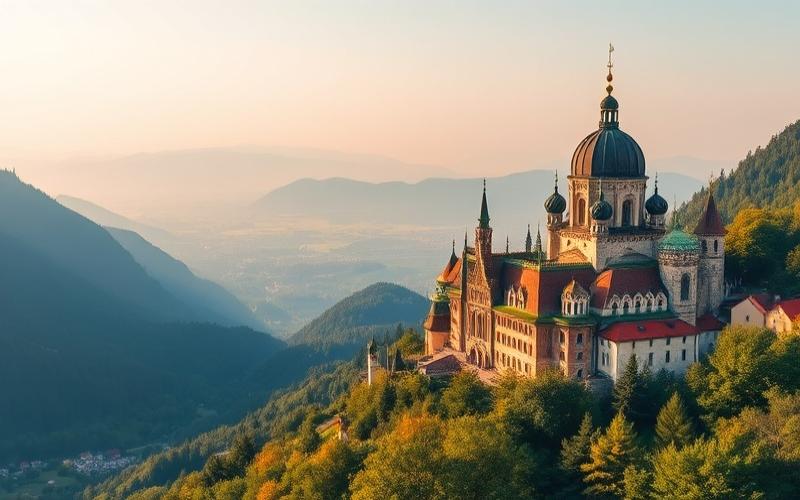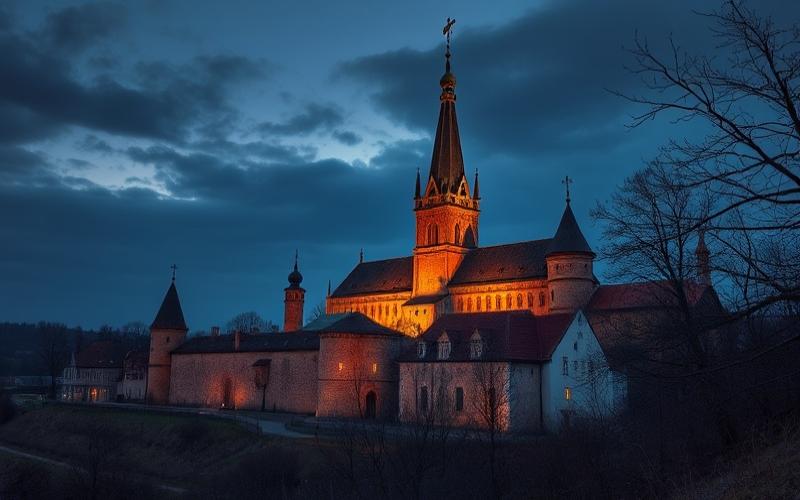
 Published on and written by Cyril Jarnias
Published on and written by Cyril Jarnias
Artist Villages in Poland: Between Cultural Investment and Economic Engine
Tucked away in Poland’s picturesque landscapes, artist villages are emerging not only as creative havens but also as intriguing economic phenomena.
Far from being mere creative sanctuaries, these vibrant communities raise a crucial question: are they primarily a form of cultural investment aimed at preserving and promoting the arts, or are they gradually becoming engines of economic growth with lucrative implications?
Praised for their ability to attract talent and revitalize rural regions, these villages offer a fascinating perspective on how art and economy can intertwine.
While some see them as an opportunity to preserve rich heritage, others perceive them as a strategy to revitalize the local economy and attract tourists seeking unique cultural experiences.
Good to Know:
Artist villages in Poland have experienced remarkable growth since the 2000s, with a significant increase in visitors and resident artists.
Discovering Artistic Communities in Poland
Across Poland, certain villages have established themselves as true creative hubs, where art shapes local identity and attracts both artists and visitors.
| Village | Origins & Evolution | Types of Artists | Events & Festivals | Interaction with Locals |
| Zalipie | The tradition dates back over 100 years: residents decorate their homes and buildings with elegant floral paintings. The artistic momentum was amplified by Felicja Curyłowa, a self-taught artist who became an iconic figure in the village during the 20th century. Zalipie is now known as an “open-air gallery” where every detail is an opportunity for artistic creation. | Folk painters (mainly women), Polish folklore artisans | Annual “Malowana Chata” (Painted House) competition, permanent exhibitions in Felicja Curyłowa’s house museum | Residents actively participate in collective decoration; they pass down techniques and patterns to future generations |
“We live in darkness. We cannot see what we paint. I will not leave until you promise to give us electricity,” declared Felicja Curyłowa to the government to obtain electricity essential for continuing the village’s artistic activities.
Impact on the Territory:
- Economic: Tourism related to visiting painted houses boosts local businesses and accommodations.
- Cultural: Preservation of living heritage, strengthening of orally transmitted craft traditions.
Kazimierz Dolny
This small town on the Vistula River became an artist hotspot as early as the 19th century thanks to its bohemian atmosphere, pastoral landscapes, and remarkably preserved Renaissance monuments. It remains a must-visit location for painters who set up their easels in the square or near cobblestone alleys.
Types of Artists Present:
- Painters
- Photographers
- Sculptors
- Contemporary artisans
Major Artistic Events:
- Local craft fairs
- Outdoor exhibitions
- Occasional music or literary festivals
Social Interactions:
Artists often live at the pace of the town, displaying their work directly in the streets or at temporary markets; they maintain ongoing dialogue with residents who value this cultural vibrancy:
“Here everything invites painting… You feel welcomed by a community united around its heritage,” shares a local artist met at Market Square.
Economic & Cultural Effects:
- Significant development of cultural tourism.
- Emergence of private galleries generating indirect jobs (restaurants, accommodations).
- Continuous enhancement of the unique architectural setting through artistic engagement.
Summary List of Observed Positive Impacts:
- Creation of local jobs through cultural tourism.
- Active preservation of craft traditions.
- International recognition through festivals and artistic competitions.
- Strengthened identity around a shared heritage reinterpreted by each generation.
Kazimierz Dolny and Zalipie illustrate how folk tradition and creative innovation can sustainably transform a Polish rural territory into an attractive hub—both for residents and for those seeking artistic inspiration or simply admiring their unique beauty.
Good to Know:
Kazimierz Dolny and Zalipie are iconic artist villages in Poland. Kazimierz Dolny, located along the Vistula River, has attracted painters and sculptors since the 19th century thanks to its picturesque architecture and enchanting landscapes, regularly hosting contemporary art festivals that boost the local economy through tourism. Zalipie, meanwhile, is renowned for its houses decorated with floral patterns, a legacy of a century-old tradition that now brings together visual artists and artisans, creating growing cultural and commercial interest. These communities, while maintaining lively interactions with residents, foster local economic development through artistic workshops and exhibitions that attract international visitors, thus illustrating how art and culture can revitalize rural regions. Artist testimonials speak of a collaborative and enriching atmosphere where art becomes a catalyst for change and cultural connection.
Real Estate as a Driver of Creativity
Real estate acts as a driver of creativity in Poland’s artist villages by providing a conducive environment for artistic development and social innovation. The transformation of historic or underutilized buildings into artistic spaces fosters synergy between heritage, contemporary creation, and local dynamism.
Advantages of Artistic Spaces Established in Historic or Culturally Rich Locations:
- Enhancement of architectural heritage (old farms, traditional houses)
- Creation of a strong cultural identity attractive for tourism
- Provision of an inspiring environment, away from urban stress
- Reduced real estate costs allowing artists easier access to spacious workshops
| Advantages | Effects on Creativity |
|---|---|
| Preserved heritage | Inspiration from local history |
| Unique spaces (barns, old houses) | New modes of exhibition and production |
| Village conviviality | Facilitated interdisciplinary exchanges |
Concrete Examples of Transformed Polish Villages:
Zalipie
An iconic village where residents annually decorate their homes with hand-painted floral patterns. This collective project has transformed traditional buildings into a vast living gallery; some homes have become museums or workshops accessible to the public.
- Felicja Curyłowa’s house illustrates this dynamic: entirely painted, it is now a museum dedicated to this folk art.
- The annual floral competition attracts national and international visitors and artists.
Summary List of Other Notable Initiatives:
- Development of rental markets around national parks (e.g., Ojców region) with targeted renovations to host artist residencies
- Pilot projects combining certified organic agriculture and creative workshops (Kazimierz Dolny)
Role of Public Policies & Private Initiatives:
- Financial support through national/municipal grants for heritage renovation intended for cultural uses
- Administrative simplification to encourage rural artistic settlement
- Growing involvement of private investors attracted by tourism/cultural potential
Notable Example
Felicja Curyłowa directly petitioned political authorities to ensure her village received electricity earlier than others—a concrete demonstration that a suitable real estate environment stimulates not only creation but also a form of “creative activism.”
Effects on Artistic Innovation & Economic Attractiveness
Real estate projects focused on the arts generate:
- Sustainable community revitalization (creation of local jobs around cultural/tourist services)
- New influx of investors attracted by the unique and authentic character of renovated territories
- Formal innovations through dialogue between Polish architectural tradition and contemporary practices
In conclusion, these approaches give rise to a model where heritage real estate rhymes with shared creativity, continuous artistic innovation—while consolidating the rural social fabric around new economic hubs centered on culture.
Good to Know:
In Poland, real estate plays a key role in stimulating creativity in artist villages by transforming historic or underutilized structures into dynamic spaces for artistic creation. Examples like the village of Zalipie, with its painted houses, or Kazimierz Dolny, where old mills and barns have been converted into workshops, illustrate how these initiatives foster cultural vibrancy while preserving heritage. Public policies and private initiatives support this development, creating an environment conducive to artistic innovation and attracting both artists and investors. These real estate projects, by revitalizing local communities, not only enhance tourist appeal but also stimulate the local economy, making real estate a true driver of creativity and economic development.
Renovating Farms: A Cultural Revival
The renovation of farms in Poland has a major cultural impact on the rural landscape, transforming these traditional spaces into hubs attracting artists and tourists. This dynamic relies on preserving architectural heritage while integrating contemporary creative spaces that give new life to these historic places.
Preservation and Architectural Transformation:
- Renovation projects preserve original structures (barns, rural houses), respecting traditional materials and techniques.
- These farms often become art galleries, workshops, or artist residencies where rural heritage and contemporary creation coexist.
- This hybridization between old and modern attracts diverse audiences, sensitive to both Polish heritage and artistic innovation.
| Aspect | Before Renovation | After Renovation |
|---|---|---|
| Primary Use | Agriculture/rural family | Artistic venue/cultural center/tourism |
| Condition | Often dilapidated | Restored, modernized |
| Attractiveness | Local | National/international |
Attracting New Audiences:
- Renovated farms host artistic festivals, temporary exhibitions, or workshops open to the public.
- This renewal attracts not only Polish artists but also foreigners who find an inspiring setting for their creations.
- Tourists come to discover these unique initiatives blending rural authenticity and cultural vibrancy.
Community Revitalization:
The presence of artists stimulates local life through organizing events open to residents (participatory workshops, craft markets).
New living spaces emerge: cultural cafés in old barns, rural bookstores, or impromptu music stages in farm courtyards.
These activities foster intergenerational encounters and strengthen the sense of belonging to a dynamic community.
List of Effects on the Community:
- Creation of local jobs related to cultural tourism
- Maintenance or increase of young population
- Economic diversification through welcoming creative entrepreneurs
Economic Leverage Effect:
Heritage enhancement attracts private investors (alternative hospitality, galleries) as well as public subsidies aimed at supporting sustainable rural development.
Tourist influx generates additional revenue for local businesses (homestays, regional restaurants).
Sustainability Dimension of the Polish Model:
Renovations often prioritize ecological or recycled materials from existing structures.
Respect for the local social fabric avoids excessive gentrification observed elsewhere; it favors gradual integration of new uses without distorting the original rural character.
Practical Example:
A restored farm can simultaneously host a museum space dedicated to ancient agricultural know-how and a digital workshop open to young contemporary creators.
This hybrid model now inspires other European rural regions eager to reconcile architectural heritage preservation with sociocultural innovation—demonstrating that revitalizing the agricultural world can align with a resolutely sustainable as well as artistic approach.
Good to Know:
In Poland, renovating old farms represents a significant cultural revival that transforms the rural landscape into true hubs of attraction for artists and tourists. These projects preserve architectural heritage while integrating modern spaces dedicated to creation, stimulating the revitalization of local communities by creating new artistic living spaces. The influx of artists and visitors energizes the local economy by attracting investments and generating new employment opportunities. Moreover, these renovations adopt sustainable practices, becoming an inspiring model for transforming other rural regions, combining tradition and innovation while strengthening social and economic cohesion.
Creative Eco-Villages: A Future Model for Art
Eco-villages in Poland are emerging as innovative spaces where environmental sustainability and artistic expression intertwine to propose an alternative model of living and creation. These initiatives, at the crossroads of ecology, community, and culture, offer artists a unique place to reside, experiment, and share their art while adopting an environmentally respectful lifestyle.
Main Characteristics of Polish Artistic Eco-Villages:
- Integration of organic agriculture (permaculture, Homa gardening)
- Use of renewable energy and ecological construction (natural materials: straw, clay, wood)
- Regular organization of creative workshops: music, visual arts, art therapy
- Intergenerational community focused on knowledge sharing
- Educational program around sustainable development
| Eco-Village | Location | Specificities | Artistic Activities |
|---|---|---|---|
| Bhrugu Aranya | South – Tatras | Self-managed ecological farm since 1995 | Art therapy, music |
| Nowa Huta (project) | Krakow | Transformed post-industrial green district | Community cultural workshops |
At Bhrugu Aranya for example—nestled in the mountains near the Tatras—about fifteen members live according to Ayurvedic principles. The site provides a space conducive to meditation as well as musical or visual creation. Art is perceived as a tool for personal development as much as a social instrument serving connection with living beings.
Economic and Cultural Advantages:
- For Local Communities
- Creation of jobs related to organic agriculture or cultural tourism
- Strengthening of local social fabric through organizing open events (craft markets, festivals)
- Enhancement of natural and built heritage
- For Resident Artists
- Access to stable space fostering artistic experimentation free from urban constraints
- Opportunity to exchange with an engaged multidisciplinary community
- Increased visibility through ecological or artistic international networks
Potential Challenges of the Creative Eco-Village Model:
List of main obstacles:
- Long-term economic viability
Uncertain funding often dependent on grants or donations. - Attractiveness compared to major cities
Difficulty retaining young talent attracted by urban dynamism. - Complex collective management
Constant need to balance democratic decisions/operational efficiency. - Still limited institutional recognition
Sometimes lacking strong political support to replicate the model nationally.
These challenges could influence the future capacity of eco-villages to attract public or private investments dedicated to sustainable culture. However, their growing success already sparks interest among local authorities engaged in the Eco-Miasto program—proof that these living laboratories are set to play a driving role in Polish cultural innovation.
Creative eco-villages thus represent much more than a simple place: they embody a new holistic way of inhabiting our world together while cultivating artistic beauty and ecological responsibility.
Good to Know:
Creative eco-villages are flourishing in Poland, combining sustainable and artistic practices to shape an innovative lifestyle for artists. These villages, such as SztukaWita and Ecoart Village, offer residency and creation spaces that prioritize ecological sustainability, attracting creators who wish to live and work responsibly while immersing themselves in a vibrant artistic environment. This model presents economic benefits by energizing the local economy through cultural tourism and job creation related to art and environment. Culturally, they act as incubators of artistic innovation, contributing to cultural diversity and community development. However, these initiatives face challenges such as sustainable funding and resistance to change from local communities, which could affect their long-term viability and guide future cultural investments.
Disclaimer: The information provided on this website is for informational purposes only and does not constitute financial, legal, or professional advice. We encourage you to consult qualified experts before making any investment, real estate, or expatriation decisions. Although we strive to maintain up-to-date and accurate information, we do not guarantee the completeness, accuracy, or timeliness of the proposed content. As investment and expatriation involve risks, we disclaim any liability for potential losses or damages arising from the use of this site. Your use of this site confirms your acceptance of these terms and your understanding of the associated risks.

